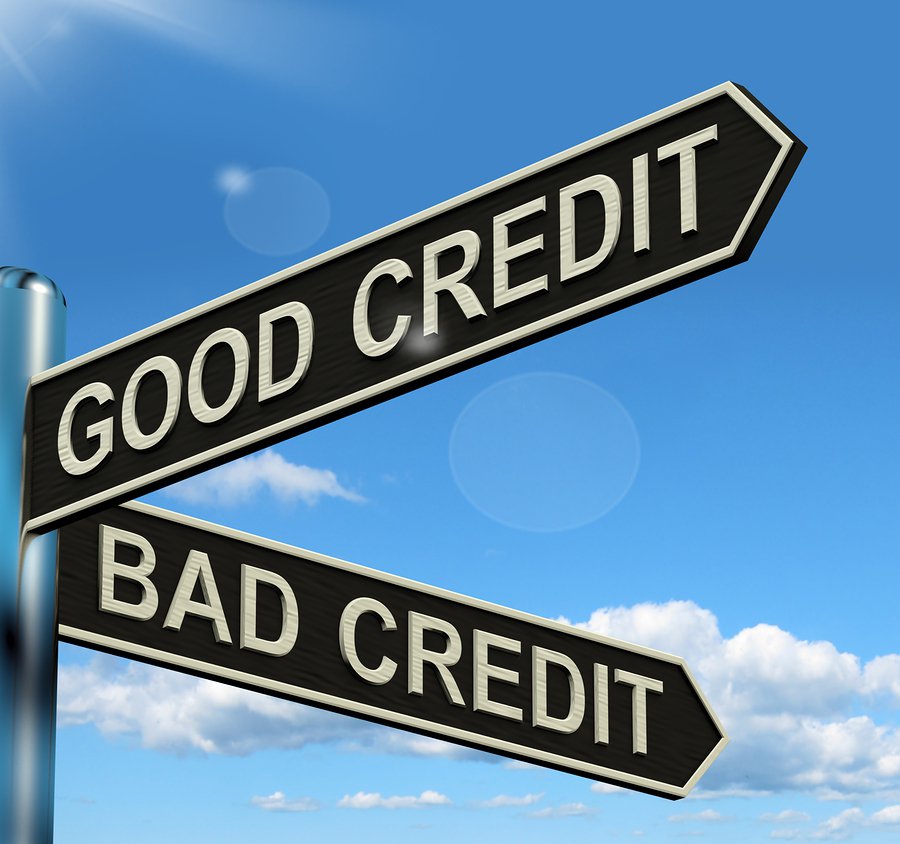This article is part of our Definitive Guide to Building Modular. This step-by-step article will guide you through finding, choosing, and applying for a modular home mortgage to help finance your new home.
When financing modular homes, banks will usually issue you a loan that goes through two stages. These are known as construction-to-permanent loans. Until your home is complete and receives its final appraisal, the loan will be a construction loan. During this time, you will be making "interest only" payments. Once the home is complete, the loan will become a permanent mortgage. At that time, you’ll begin making regular payments against the total loan amount.
Step 1 – Get a Prequalification Estimate
Your first step will be to get a ballpark figure for how much money you’ll be able to spend on your new home. If you provide your bank with financial information and a general credit history, they will be able to provide you with an estimate on how much they would be willing to lend you and what the interest rates and fees would look like. This estimate is totally non-binding, both for you and the lender.

Step 2 – Compare Rates
Get quotes from at least 3 different banks to see what kind of rates you can get. Even a difference of a hundredth of a percentage point difference in a rate can mean thousands of dollars over the life of the loan.
Step 3 – Apply
Once your planning is done and you’ve picked out land to build on, you’re going to need to apply for the loan. In order to apply you will need:
- The contract with the manufacturer for the home you plan to purchase
- Your W-2s from the past 2 or 3 years
- IRS Form 4506-T
- Federal Tax Returns (1040s)
- A detailed account of your assets and debts
- Proof of employment
- Work History for the past 5 years
- Your most recent pay stubs, or if self-employed, proof of income from a CPA
- Information on any outstanding loans
- A certified bank check to cover fees (credit check and application fees)
- A notarized copy of the deed for the land you’re building on. If you’re buying the land, ask the seller to include a letter of intent of sale with as many specifics as possible
- Blueprints of the home for appraisal. If your home’s estimated value doesn’t equal or exceed the risk the bank is taking with the loan, you will not be approved
Step 4 – Get approved
If your application is satisfactory, the bank will approve the loan by sending you a letter of commitment. You may need to show this letter to the manufacturer or to a seller if you’re buying land before they will sign a final contract. Notice that in step 3 we said that you would need your contract in order to get approved. This presents us with a bit of a catch-22. Neither the bank nor the manufacturer wants to be the first one to assume any risk, but you can get them to provide unofficial approvals to satisfy the concern of the other party.
Step 5 – Set Up a Disbursement Schedule
Once you receive final approval, you’ll need to establish a timeline for paying for the property, the manufacturer, the general contractor, and any other costs associated with constructing your home. As each milestone is reached, the bank will need proof of completion, often through an inspection. This will ensure that only once a task is completed to the bank’s satisfaction will payment be released.
Step 6 – Close on the Loan
Now that the disbursement schedule has been set and agreed upon and any other concerns that they had – did you receive your building permit? – have been addressed, the loan will be closed. You and the bank will sign the final documents and you will pay closing costs.
Step 7 – Build Your Home
During the time that your home is being built, you’ll be making interest payments to the bank every month. Until your home is complete, you won’t be able to make any payments against the principle, so you’ll want to get your home completed as quickly as possible.
Step 8 – Make Your Construction Loan a Permanent Mortgage
Once construction has been completed, the bank will inspect and appraise the house. If everything is satisfactory, the loan will become a permanent mortgage and you will start making payments against both interest and principal. Even though up until now you had a construction loan, the clock started ticking on your mortgage as soon as the loan closed. If you took out a 30 year mortgage and it took you 3 months to complete construction, you now have 29 years and 9 months left to pay off the balance. This may mean that your average payment might be slightly higher per month to account for the reduced number of payment months.

